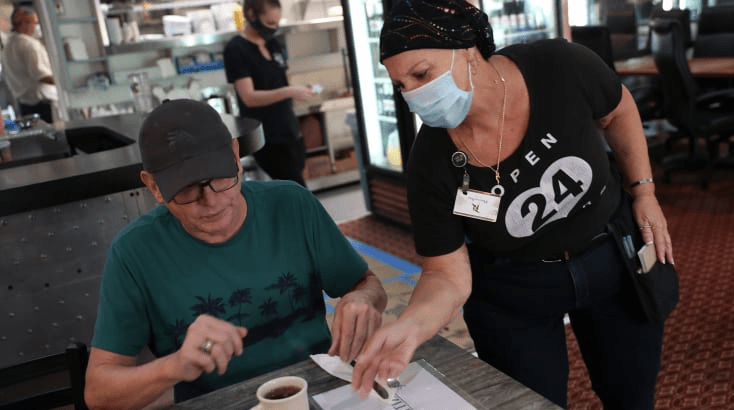Coronavirus particles spread by talking can remain in the air for up to 14 minutes, researchers find
May 19, 2020 @ 21:11 +03:00
A recent study by researchers at the National Institutes of Health has found that particles of the coronavirus released by talking can remain in the air for 8 to 14 minutes, a warning sign that airborne transmission may be even more widespread than previously thought.
While it’s been long accepted that coughing and sneezing can transmit respiratory viruses through droplets, it’s less known that just regular talking produces thousands of oral fluid droplets, the scientists behind the study said.
And loud talkers present a bigger risk: “Highly sensitive laser light scattering observations have revealed that loud speech can emit thousands of oral fluid droplets per second,” it said.
While Covid-19 is less deadly than SARS, it is far more easily transmitted, and scientists are still working to understand the extent to which it can be spread and how long it can survive. This information has huge ramifications for how we interact with one another and what kinds of spaces and activities are considered safe.
The researchers used a closed, stagnant-air environment, and found that the droplets stop being visible after 8 minutes to 14 minutes, which they say “corresponds to droplet nuclei of ca. 4um (micrometers) diameter, or 12um to 21um droplets prior to dehydration.” One um, or micrometer, equals one millionth of a meter. The coronavirus is even tinier than that — a mind-bendingly small 0.125 um.
The velocity and length of time droplets stay in the air are also dependent on a range of factors, including the volume of the talker, their age, and how dry the speaker’s mouth is.
Coronavirus particles spread by talking can remain in the air for up to 14 minutes, researchers find, CNBC, May 19







